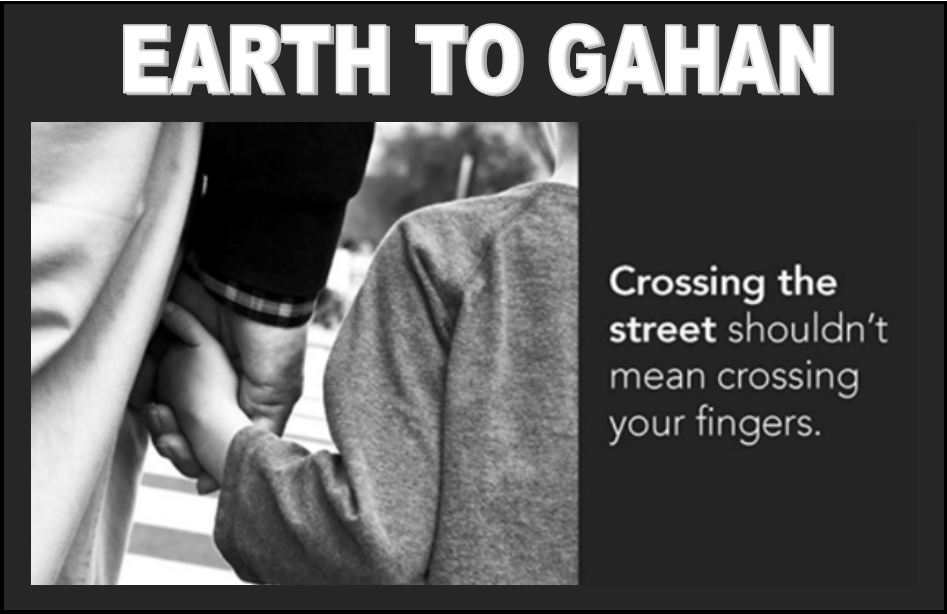
Originally published on February 4, 2016. There’s a compelling argument to be made that by doing as little as humanly possible to broaden the two-way mandate beyond the simplest of directional changes, Gahan has made the streets worse for walkers and cyclists. But, as we know, making a more walkable and bikeable city wasn’t ever the incurably car-centric mayor’s plan, anyway.
I’ve said it for years, and will continue to say it.
If Jeff Gahan has any intention of implementing street grid reform, as he continues to hint privately and evade publicly, his base instinct will be to “sell” the idea of street grid reform to the public on the basis of cars alone.
He’ll say, “It’s all about traffic safety.”
When Gahan has bothered referring to the Jeff Speck study — and this has been very seldom — he has studiously avoided referring to the concept of walkability, which after all is Speck’s entire rationale, a variation of which appears on almost every one of the study’s pages.
To Gahan, the fact that he cannot comprehend walkability himself implies that no one else can, either. Suburbanites are like that, aren’t they? If Gahan somehow does get it, better late than never. The mayor might still manage to make something positive from the muck he has created through his silence and timidity. He needs to come out from hiding, say aloud what’s true, and lead the city.
The point Gahan needs to make is eloquently stated in this essay:
Changes are needed. We need to fix our zoning codes to enable traditional mixed-use neighborhoods. We need to challenge our transportation policies and stop prioritizing car travel over all other modes. And we need to eliminate the regulatory obstacles that make it difficult to obtain financing for renovation or construction of small, mixed-use buildings in walkable neighborhoods.
Cities evolve. We create our future one building at a time. So there’s no time like the present to start building — and rebuilding–places that are great for people and communities (again).
Does Jeff Gahan understand, or not?
Every day he waits, we lose ground to places like Jeffersonville. Too bad NA’s civic spirit doesn’t approximate its zeal in cheering for a basketball team.
Want Community? Build Walkability, by Sarah Kobos (Strong Towns)
Municipal zoning ordinances separated commercial uses from residential ones, and enshrined car-oriented design at the local level. Transportation engineering standards transformed our city streets into high-speed stroads. Meanwhile, changes to lending practices and federal mortgage insurance regulations made it easy and cheap to get a loan on a single-family home in the suburbs, while making it significantly harder to finance mixed-use buildings in the urban core.
We pay for these mistakes with our bodies, as decades of car-centric design have transformed us from active humans into motorists reliant on machines for movement. But our communities also pay a price, as people who drive are more isolated and detached from the cities they call home.
I don’t mean to knock people who drive. (I live in a city where driving is often the only practical choice.) I simply mean that when you walk or bike, you experience your hometown in a much more intimate way.











